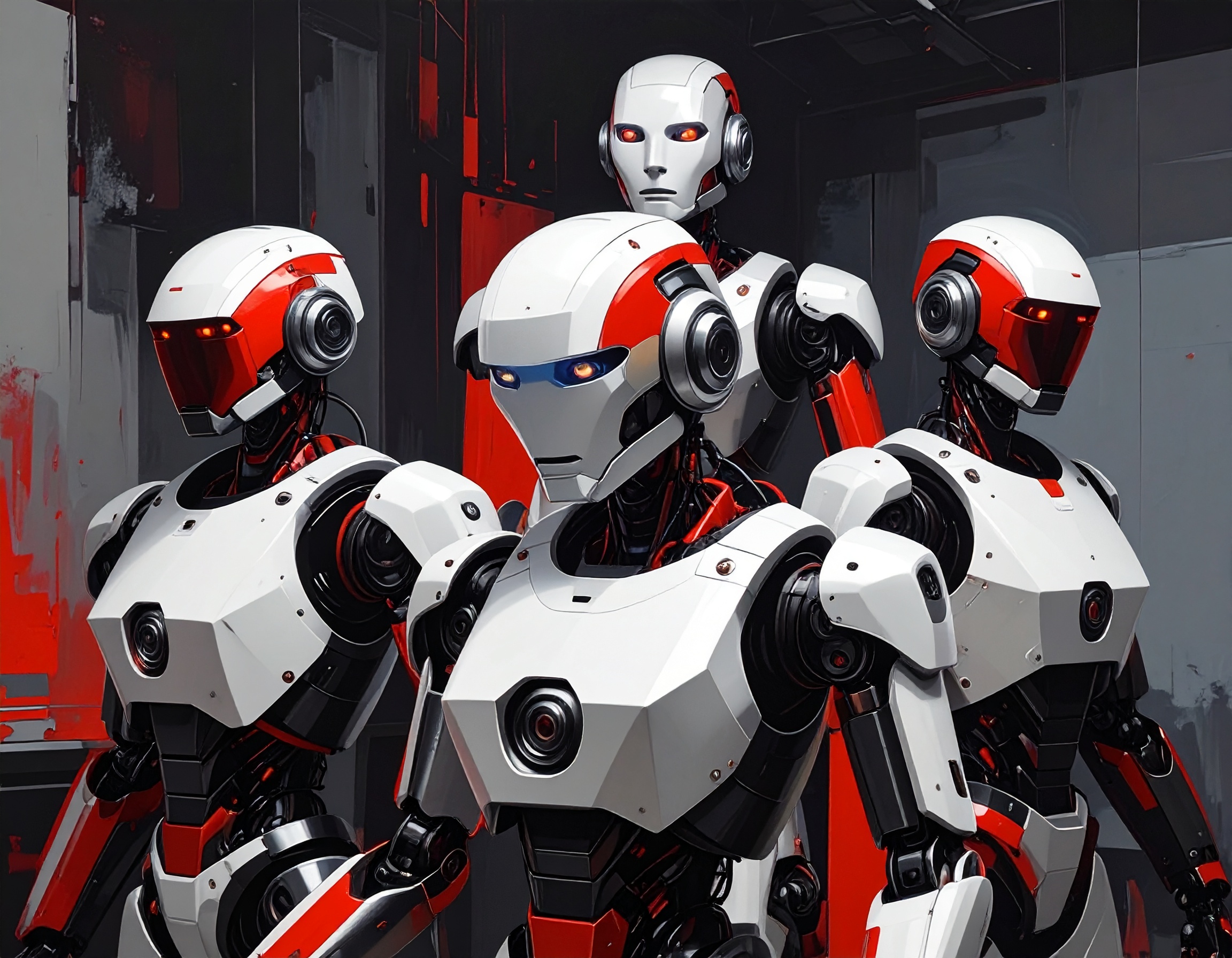Engineers Achieve Milestone: World’s Smallest Wireless Flying Robot

In a remarkable technological achievement, engineers at the University of Washington have successfully created RoboFly, the smallest wireless flying robot ever developed. This cutting-edge innovation represents a huge milestone in the field of robotics, with potential applications that could revolutionize industries like agriculture, construction, and disaster response. Here’s a closer look at what makes RoboFly so extraordinary and why it matters.
Wireless Flight in a Tiny Robot
Weighing less than a toothpick and measuring just a few centimeters in length, RoboFly is the smallest robot to achieve independent flight using wireless technology. What sets RoboFly apart is its power source: it operates on a laser beam that is converted into electricity by a tiny onboard circuit. This electricity powers the robot’s wings, enabling them to flap and generate lift, allowing RoboFly to fly freely.
- Size and Power Source: The RoboFly’s compact design allows it to perform tasks that traditional drones can’t, especially in tight or restricted spaces.
- Flight Mechanism: The robot’s wings flap with the help of a photovoltaic cell, which harnesses the power of the laser energy to propel it into the air.

What Makes RoboFly Important?
RoboFly's tiny size and innovative flight system open up a range of new possibilities for robotics. The robot’s small scale allows it to navigate spaces that are simply too confined for larger machines. Imagine using RoboFly to inspect crops, explore complex infrastructure, or even detect dangerous gas leaks—tasks that are difficult for traditional drones or human workers to perform safely.
- Applications: Possible applications for RoboFly include:
- Inspecting hard-to-reach areas in buildings or infrastructure
- Monitoring crops in agricultural fields
- Detecting gas leaks in confined or hazardous environments
Future Implications: Intelligent Agents and Digital Employees
The development of RoboFly signals the growing potential for intelligent agents to perform real-world tasks in a variety of industries. As the technology matures, we may see the rise of non-human workers—or “digital employees”—operating autonomously in environments where human intervention would be inefficient or dangerous.
- Non-Human Workers: As RoboFly’s capabilities expand, it could play a pivotal role in a new generation of robots that autonomously carry out important tasks.
- Efficient Solutions: These robots could enhance productivity and safety, especially in high-risk or inaccessible environments, making them invaluable tools in industries like search and rescue, monitoring, and maintenance.

A Step Toward a New Era of Robotics
RoboFly’s successful flight is not just a scientific breakthrough—it is a glimpse into the future of robotics, where small, intelligent machines can transform industries and improve our everyday lives. As researchers continue to refine the technology, we can expect to see more advanced applications and even smaller, more capable robots that work alongside humans in ways we never imagined before. RoboFly is just the beginning of this exciting journey.
In the coming years, as these digital employees continue to evolve, the possibilities for their use in real-world applications are limitless, making RoboFly an important stepping stone in the future of technology.
Key Highlights:
- World’s Smallest Flying Robot: RoboFly, developed by engineers at the University of Washington, is the smallest wireless flying robot, measuring just a few centimeters and weighing less than a toothpick.
- Wireless Power Source: The robot is powered by a laser beam that is converted into electricity by an onboard circuit, enabling its wings to flap and achieve flight.
- Flight Mechanism: The innovative system uses a tiny photovoltaic cell to harness laser energy and generate enough power to allow RoboFly to fly.
- Applications: RoboFly could revolutionize industries such as agriculture, infrastructure inspection, and disaster response by performing tasks in tight or hazardous spaces that traditional drones can’t.
- Implications for Future Robotics: RoboFly’s success opens the door to more autonomous "digital employees" and intelligent agents that could perform tasks in environments unsafe for humans or larger machines, enhancing efficiency and safety.
Reference:


